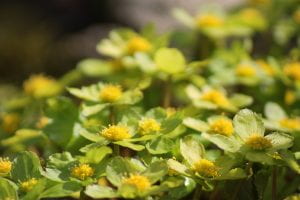By Helen Roberts
The peony has undeniably beautiful flowers, from the perfect spherical bud giving a hint of the petal colour underneath to the rapid unfurling of immense blooms. Even the foliage is attractive, particularly towards the end of the season when they readily take on autumnal tints.
I admire them in gardens that are not my own for I have never grown peonies, the tree nor the herbaceous species. The flowers, although staggeringly large and of sublime colours and subtle scents, are too short lived for my own small garden. After all peonies need space. However, I am looking forward to the development of a new peony garden in the University of Bristol Botanic Garden. It will form part of a new ‘Culture’ display, which is being implemented this year with the help of the Chinese Garden co-ordinator, Tony Harrison, who is a traditional Chinese herbalist. (more…)


